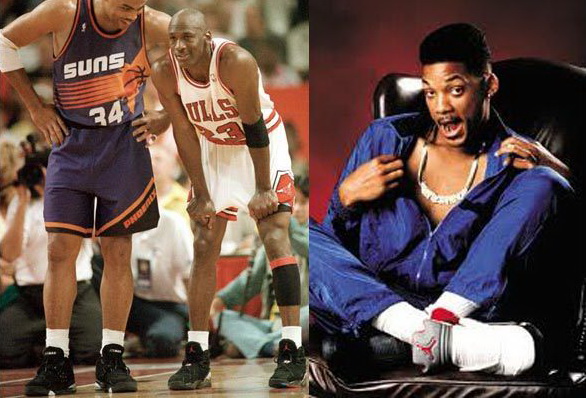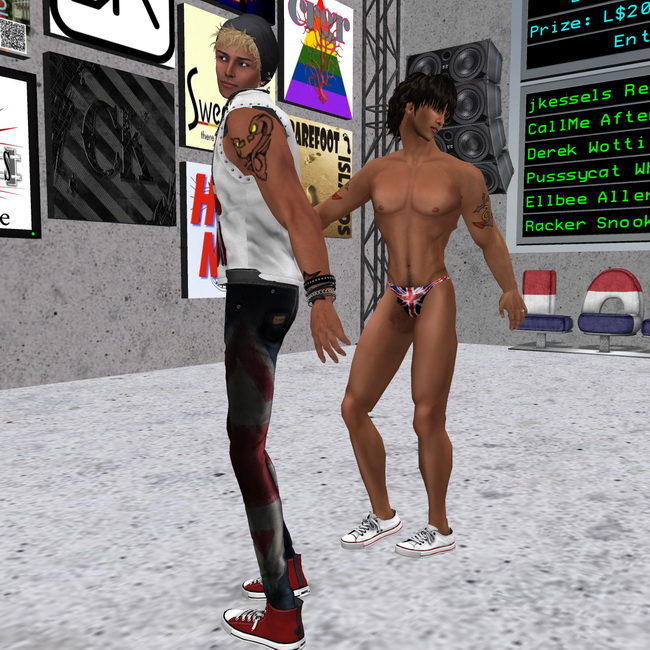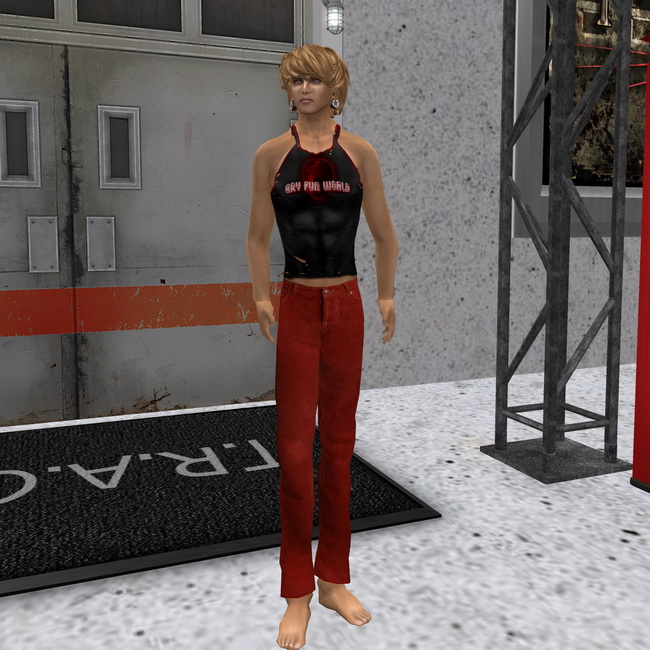T.R.A.C.S at Timothy Plaza on River Island
Friday, September 25, 2015
1990s part II
Music
The 1990s
were a decade that saw marketing became more segmented, as MTV gradually
shifted away from music videos beginning in 1992 and radio splintered into
narrower formats aimed at different niches. However, they are perhaps best
known for grunge, gangsta rap, R&B, teen pop; eurodance, electronic dance
music, the renewed popularity of punk rock mainly because of the band Green Day
(which would also help create a new genre pop punk) and for being the decade
that alternative rock became mainstream. U2 was one of the most popular 1990s
bands, their groundbreaking Zoo TV and PopMart tours were the top selling tours
of 1992 and 1997. Glam metal dies out through its own accord in the music
mainstream by 1991. Grunge becomes popular in 1991 because of the success of
Nirvana's Nevermind, Pearl Jam's Ten and Soundgarden's Badmotorfinger. Pop punk
also becomes popular with such artists as Green Day, Blink-182, Weezer, Social
Distortion, The Offspring, Bad Religion, NOFX and Rancid. Other successful
alternative acts included Red Hot Chili Peppers, Radiohead, Gin Blossoms,
Oasis, Blur, Soul Asylum, Third Eye Blind, Stone Temple Pilots, Faith No More,
The Smashing Pumpkins, Live, Everclear, Bush, Alice in Chains, Screaming Trees,
and Ween.
Rock
Alternative
Rock and it's sub-genres Grunge and Pop Punk expand in popularity and
ironically, explode into the mainstream during the 1990's. Major labels begin
luring independent bands away from small record labels. These artists are
resistant to the demands of big record companies and unwilling to change styles
to reach a mass market audience. Nevertheless, many alternative bands,
including REM, The Smashing Pumpkins, Red Hot Chilli Peppers, The Smiths and
grunge bands like Nirvana, Soundgarden, Pearl Jam and others find success with mainstream audiences.
Another
alternative to radioplay and traditional mainstream success is the rise in Jam
Bands influenced by the Grateful Dead. Noted for cross genre improvisation and
extended jams, bands such as Phish, Blues Traveler, Dave Matthews Band, and
Widespread Panic rely on album sales and live concerts. Heavy metal morphs into
new sub-genres such as rap metal or rapcore, nu metal and industrial metal.
Electronic music continues to change as well, with techno and house splitting
into new styles including trance, drums & bass, trip-hop and eurodance.
In the
90's Hip-Hop continues to expand in influence and grow in diversity. With huge
growth in sales, radio airplay and overall success for artists like NWA, Public
Enemy, Queen Latifah, Salt n' Pepa, Ice T, Dr. Dre, Eminem, Tupac Shakur,
Cypress Hill and many others.
Pop and
teen-pop continue to appeal to a younger radio audience with the Backstreet
Boys, *NSYNC, 98 Degrees, Hanson and The Spice Girls having major success. Late
in the decade female teen pop artists ascend with major hits by Jennifer Lopez,
Destiny's Child, Christina Aguilera, and Britney Spears. Contemporary R&B
also scores big on the pop charts especially for Whitney Houston, Mariah Carey,
TLC, Toni Braxton, Lauryn Hill, and Boys II Men.
In the UK
the term BritPop is coined as new bands Oasis and Blur battle for the top of
the charts. Singer / Songwriters enjoy a resurgence especially for female
artists like Norah Jones, Sarah McLachlan, Alanis Morissette, Tori Amos, Jewel,
Natalie Merchant and Sheryl Crow.
Advancements
in computers and software allow for digital music creation and recording on
home computers. The internet and sound compression allow for digital
distribution of music, often bypassing the need for a major label album release.
1990s part I
The 1990s
(pronounced "nineteen-nineties" and abbreviated as
"Nineties") was a decade of the Gregorian calendar that began on
January 1, 1990 and ended on December 31, 1999.
Culturally,
the 1990s was characterized by the rise of multiculturalism and alternative
media, which continued into the 2000s. Movements such as grunge, the rave scene
and hip hop spread around the world to young people during the decade, aided by
then-new technology such as cable television and the World Wide Web.
A
combination of factors, including the continued mass mobilization of capital
markets through neoliberalism, the thawing of the decades-long Cold War, the
beginning of the widespread proliferation of new media such as the Internet
from the middle of the decade onwards, increasing skepticism towards
government, and the dissolution of the Soviet Union led to a realignment and
reconsolidation of economic and political power across the world and within
countries. The dot-com bubble of 1997–2000 brought wealth to some entrepreneurs
before its crash between 2000 and 2001.
New ethnic
conflicts emerged in Africa, the Balkans, and the Caucasus, the former two
which led to the Rwandan and Bosnian genocides, respectively. Signs of any
resolution of tensions between Israel and the Arab world remained elusive
despite the progress of the Oslo Accords, though The Troubles in Northern
Ireland came to a standstill in 1998 with the Good Friday Agreement after 30
years of violence.
1990s in
fashion
The fashion in the 1990s was the genesis of a sweeping
shift in the western world: the beginning of the adoption of tattoos, body piercings
aside from ear piercing and to a lesser extent, other forms of body modification
such as branding.
In the early 1990s, several late 1980s fashions remained
very stylish among both sexes. However, the popularity of grunge and
alternative rock music helped bring the simple, unkempt grunge look into the
mainstream by 1994. The anti-conformist approach to fashion lead to the
popularisation of the casual chic look; this included T-shirts, jeans, hoodies,
and trainers, a trend which continued into the 2000s.
Overall, the 1990s saw a return to the minimalist fashion
of the 1950s and 1970s, contrasted to the more elaborate and flashy trends of
the 1980s. Additionally, fashion trends throughout the decade recycled styles
from previous decades, notably the 1950s, 1960s and 1970s.
Michael
Jordan won SIX championships in the '90s. That fact alone made us believe that
wearing Jordans gave us magic powers. (Also, they still do.) Each pair of Js
released during this era was a banger. Every pop culture icon in the '90s
rocked a pair. Undeniably the greatest trend of the '90s.
Film
Computer
Graphics were born. CGI or Computer Generated Imagery revolutionized the
industry by gifting hits such as Jurassic Park, Independence Day and Men in
Black where technology empowered the storytellers to create a believable
fantasy world. The makers could depict almost anything on the screens now,
their imagination being their only boundary. Two major genres from the Golden
Age were revived in a big way in this decade. Disney and Pixar recreated the
magic of animation movies with Toy Story while the romance genre was brought
back to life by Titanic .
The 10 highest-grossing films of the decade are (in order from highest to lowest grossing):
- Titanic
- Star Wars Episode I: The Phantom Menace
- Jurassic Park
- Independence Day
- The Lion King
- Forrest Gump
- The Sixth Sense
- The Lost World: Jurassic Park
- Men in Black
- Armageddon
Wednesday, September 23, 2015
Gala Opening at TOTH
Theatre On The Hill is proud to present the Opening Night of
Act 2 of Beethoven's only opera, Fidelio.
Thursday, 24 September at 1300 SLT. The performance lasts about an hour, and features favourite TOTH stars,
with a special "cast of thousands"
(actually, a dozen!) for the chorus.
Fidelio
(originally named Leonore, oder Der Triumph der ehelichen Liebe; English:
Leonore, or The Triumph of Married Love), Opus 72, is a German opera with
spoken dialogue by Ludwig van Beethoven, his only opera. The German libretto
was originally prepared by Joseph Sonnleithner from the French of Jean-Nicolas
Bouilly and the work premiered at Vienna's Theater an der Wien on 20 November
1805. The next year Stephan von Breuning helped shorten the three acts to two.
After further work on the libretto by Georg Friedrich Treitschke a final
version performed at the Kärntnertortheater on 23 May 1814. By convention both
of the first two versions are referred to as Leonore.
The opera tells
how Leonore, disguised as a prison guard named "Fidelio", rescues her
husband Florestan from death in a political prison. Bouilly's scenario fits
Beethoven's aesthetic and political outlook: a story of personal sacrifice,
heroism and eventual triumph with its underlying struggle for liberty and
justice mirroring contemporary political movements in Europe. Some notable
moments in the opera include the "Prisoners' Chorus", an ode to
freedom sung by a chorus of political prisoners, Florestan's vision of Leonore
come as an angel to rescue him, and the scene in which the rescue finally takes
place. The finale celebrates Leonore's bravery with alternating contributions
of soloists and chorus.
BRITISH INVASION PARTY at T.R.A.C.S
The British Invasion occurred in the mid-'60s, when a wave of English rock & roll bands crossed over into the American market after the breakthrough success of the Beatles. Not all of the bands sounded similar -- they ranged from the hard rock of the Rolling Stones and the Kinks to the sweet pop of Gerry & the Pacemakers and Herman's Hermits.
DJ Anj had made a great set of tunes and here are my snapshots.
Saturday, September 19, 2015
Subscribe to:
Posts (Atom)

















































